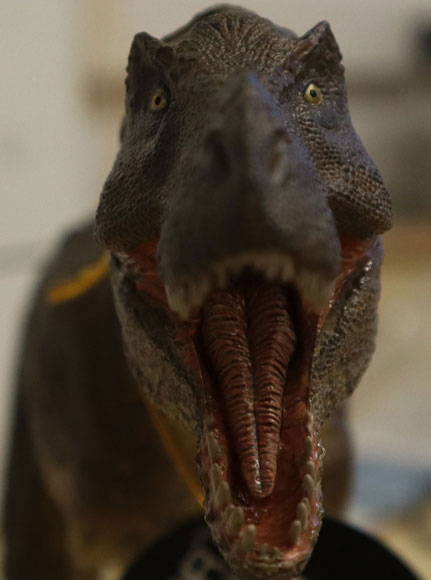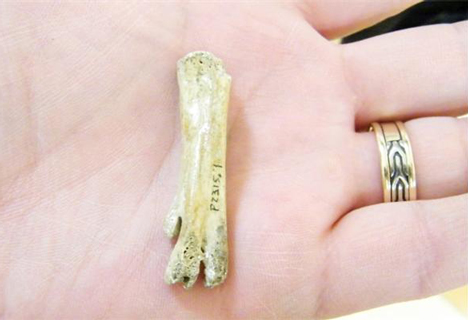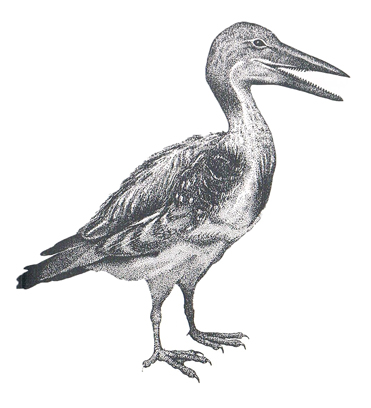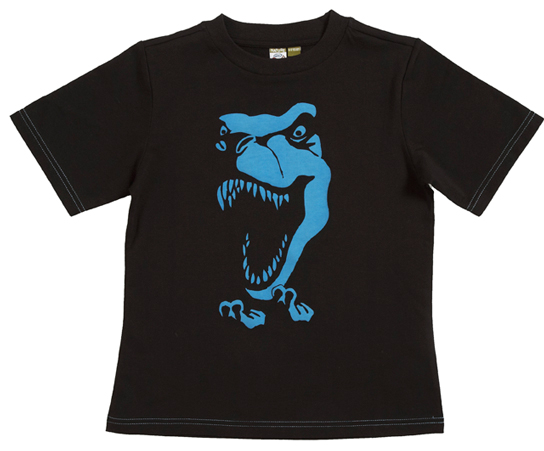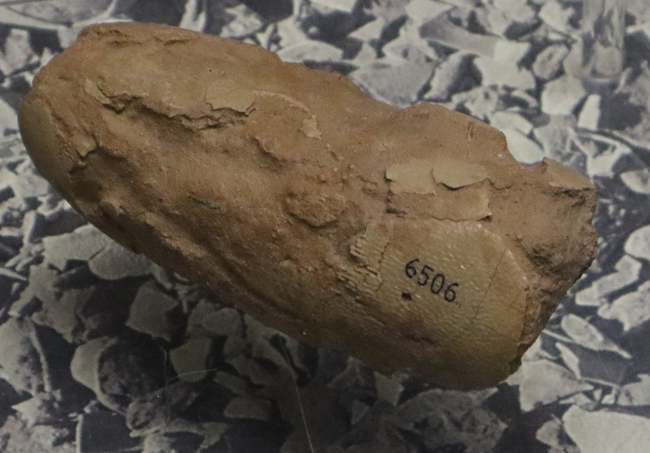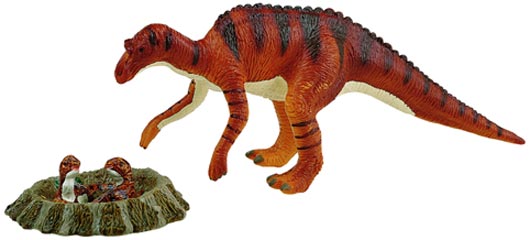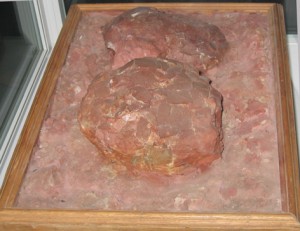The Unique Lyme Regis Fossil Festival 2012
Jurassic Coast Fossil Festival 4th to 6th May 2012
The Lyme Regis and Charmouth annual fossil festival is rapidly approaching. This yearly gathering of fossil experts, musicians, sculptors, actors and scientists is taking place next weekend and a number of exciting, family themed events have been organised to help celebrate this World Heritage location.
Counting Down to the Lyme Regis Fossil Festival
Lyme Regis Fossil Festival
Team members at Everything Dinosaur, caught up with one of the participants Mike Jeffries of Mikes Minerals & Fossils in Drakes Way, Lyme Regis, to ask how his plans for the festival were coming along.
Mike stated:
“I am really looking forward to the Lyme Regis Fossil Festival, this year it seems it is going to be bigger than ever with activities planned right across the May Bank Holiday weekend.”
Mike will be displaying a large selection of fossils, many of which have been sourced from the area’s world famous Jurassic strata as well as crystals and a selection of jewellery. In addition, Mike hopes to be able to find time in his busy schedule to attend one or two of the presentations given by the many palaeontologists and other experts who will be shedding light on such topics as the lives of ammonites and the history of the life, people and planet Earth in sixty minutes – a presentation entitled “What on Earth Happened?” This unique, interactive workshop is performed by author, historian and former Sunday Times journalist, Christopher Lloyd.
The exhibition organisers are once again anticipating that the Lyme Regis and Charmouth part of the Jurassic coast will receive many thousands of visitors next weekend, this annual event has become the biggest gathering of its kind held in the UK.
Mike, a stalwart of the festival added:
“The Lyme show is now probably the best fossil show in the country. Let’s hope, in these difficult times, it continues for years to come.”
Team members at Everything Dinosaur, hoping to visit will be able to see Mike and his chums hard at work at the fossil fair and can pop into Mike’s fossil shop in Drake Way, which will be open all afternoon on each day the event is on.
Amongst the family orientated activities that the hard-working organisers have arranged there is the opportunity to study specimens brought from the Natural History Museum (London) and to talk to their experts, experience flying in the Jurassic Period, learn about dinosaur footprints with the University of Plymouth and to go on fossil walks along the coastline with professional fossil hunters. Look out for Andy Cowap and Pete Langham’s stand at the fossil fair, they will be selling a range of beautiful ammonite fossils – so if you have ever wanted to pick up a Jurassic bargain…
For replicas of ammonites and belemnites: CollectA Age of Dinosaurs Popular Range.
The winter storms will have exposed a lot of new fossil material on the Dorset coast, so this is the perfect opportunity to come down to the Lyme Regis area, learn about this World Heritage site and participate in a range of fun and educational activities. When on the beach, we would recommend sensible walking attire, with sturdy boots or wellingtons and don’t forget the waterproofs, although Lyme Regis seems to have a micro-climate all of its own, it is best to be prepared for the odd shower or two. Besides, if you are dressed up you will be making the British Antarctic Survey team feel at home as they will be in the Grand Marquee showing fossils found on the most southerly of the continents as well as letting visitors experience life in the Antarctic . If you have ever wondered what people eat at the South Pole and how they survive, check out the survey team’s tents, expedition equipment and rations for life at the bottom of the world.
Rockwatch
Our chums at Rockwatch will also be attending. Rockwatch is the nationwide club for young geologists. It is the junior club of the Geologists’ Association and is for all those interested in things geological – rocks, fossils, minerals and landscapes. Sue and her team have lots of hands-on activities planned this year, be sure to say hello to the Rockwatch staff in the Grand Marquee.
For Brandon Lennon, a professional fossil collector and provider of highly informative fossil hunting walks in the area, the festival gives him an opportunity to help educate the public on how fossils are prepared. On the first day of the festival (Friday), Brandon and his father Ian, will be assisting with the fossil walks, as Brandon himself comments:
“Having the start of the festival on a Friday, gives local schools the opportunity to participate. The fossil collecting on the beach has been really good lately, with some great finds, so I am really looking forward to helping the school parties to explore the geology and to learn more about the fossils to be found at Lyme Regis.”
Brandon is certainly going to be busy over the weekend, he can be found down on the sea front in the grand marquee on both the Saturday and Sunday demonstrating how fossils are prepared for display. Brandon, along with his chum Chris Andrew from the Philpot Museum, will be carrying out an ammonite polishing workshop, where for a small fee members of the public can have a go at preparing and polishing their very own Jurassic specimen. The workshop will be open from 10am until 4pm on both Saturday and Sunday, so if you want to learn how the experts handle fossils and to have a go yourself, make sure you pop in to see Brandon and his colleagues.
To learn more about fossil walks that take place at Lyme Regis: Fossil Walks with Brandon Lennon.
There is certainly something for everyone at the forthcoming Lyme Regis Fossil Festival.



